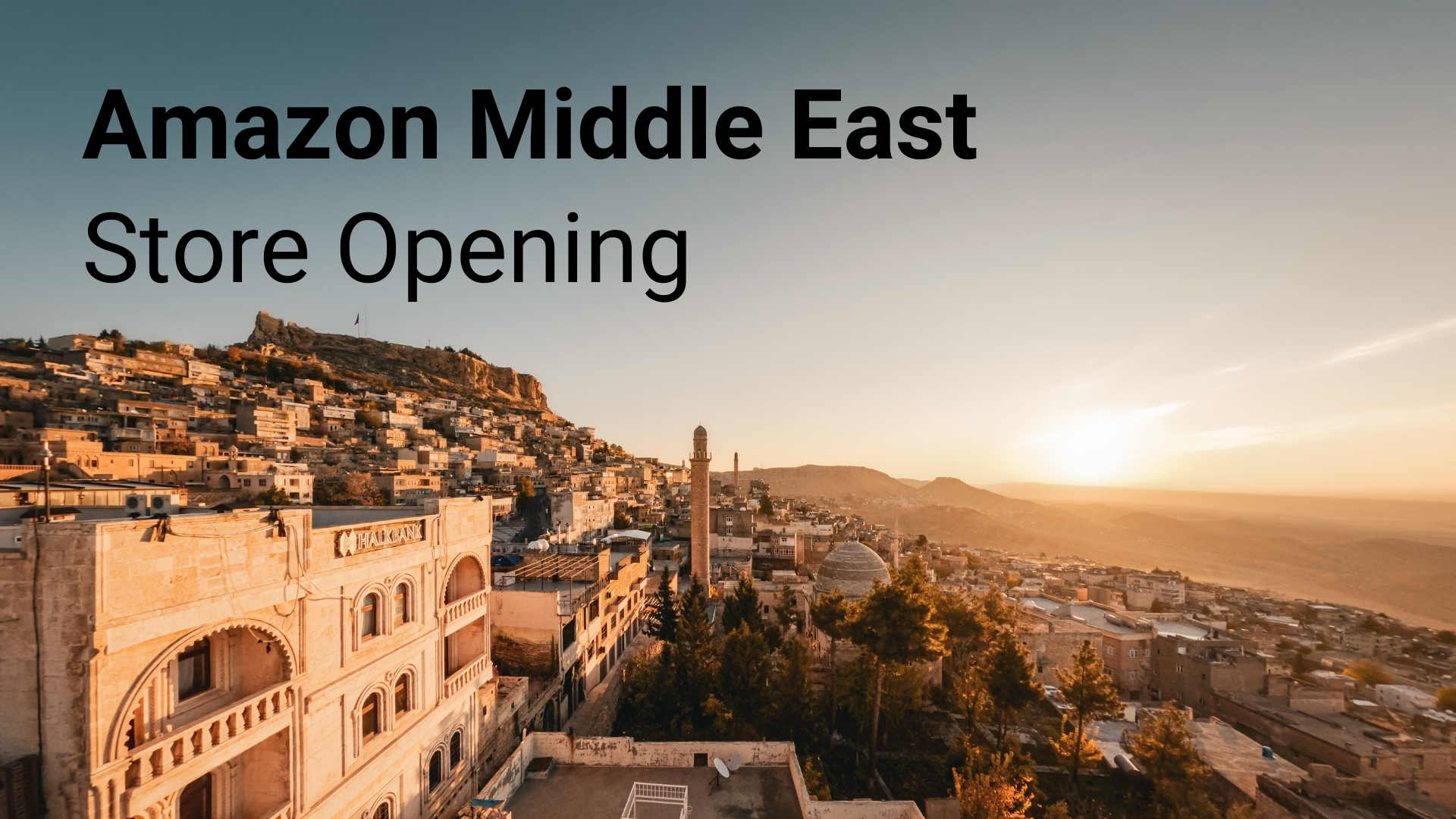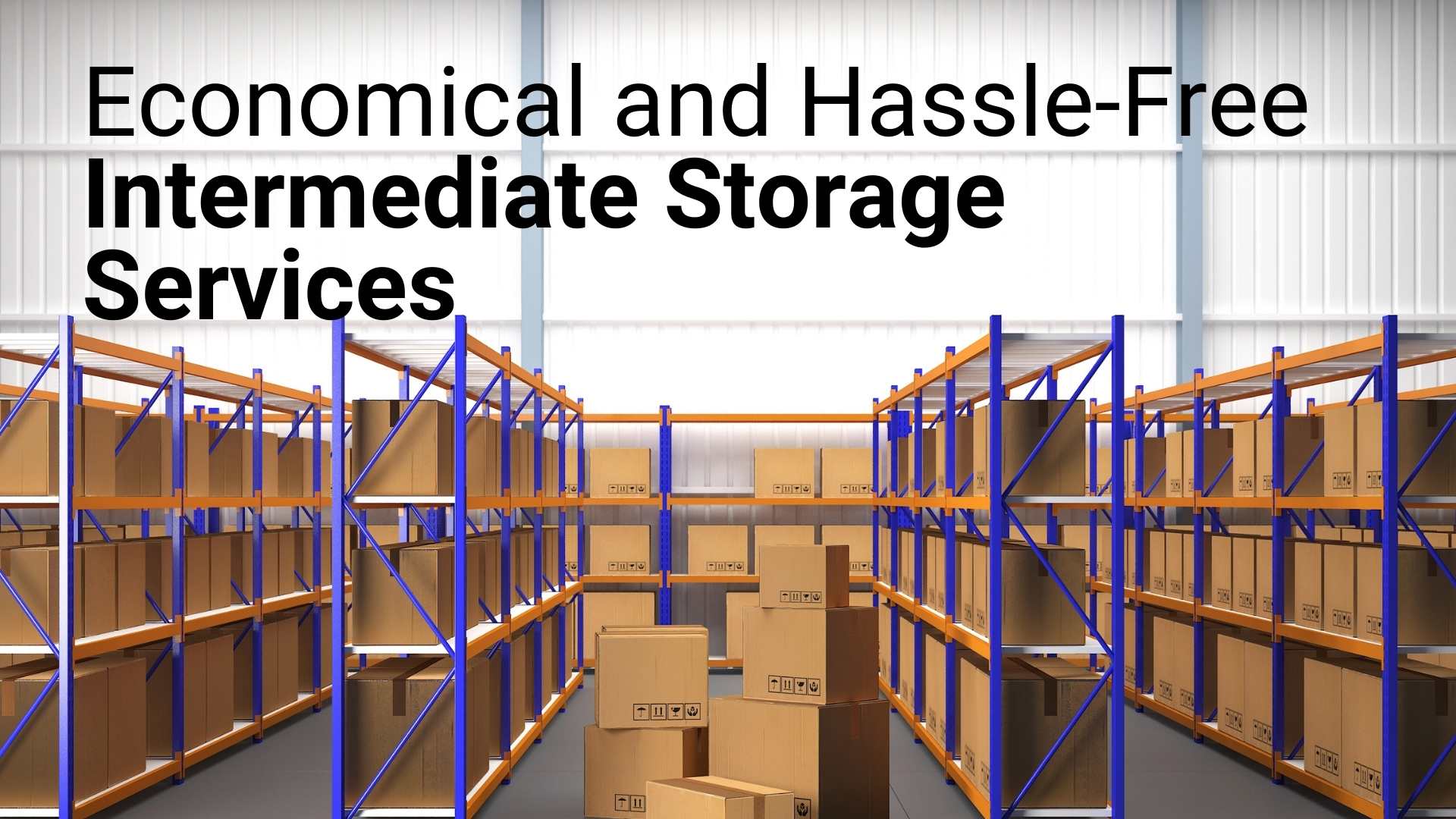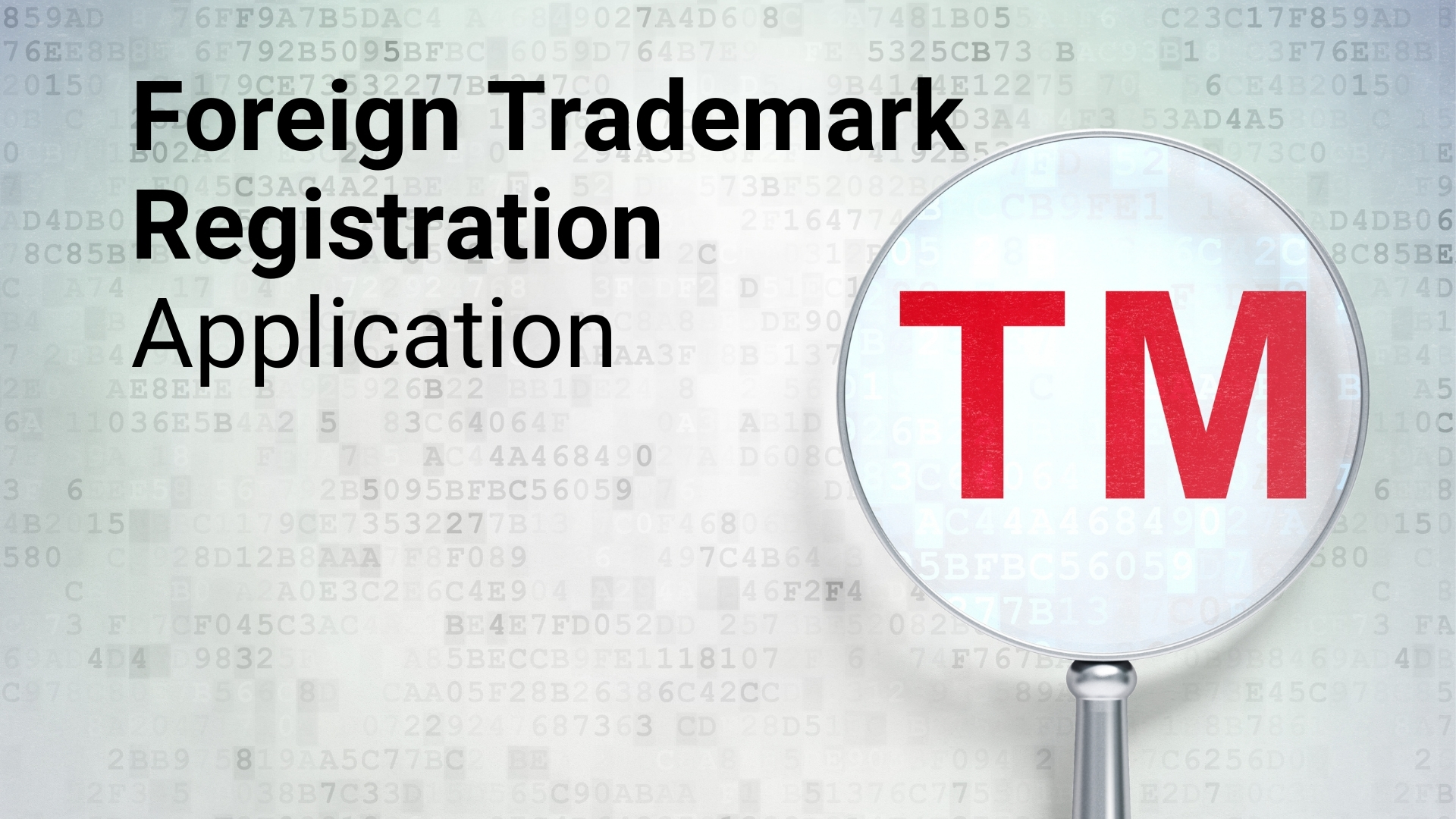Amazon Middle East Store Opening
An Amazon North America store opening allows your business to sell in major markets such as the United States, Canada, and Mexico. This process is an important step for sellers who want to grow on a global scale.
Açıklamalar
Opening an Amazon Middle East store offers businesses the opportunity to sell in key markets such as the fast-growing UAE (United Arab Emirates) and Saudi Arabia. The rapid development of digital commerce in this region creates great potential for brands. Here are the basic steps to follow to complete this process successfully:
1. Account Opening and Verification:
You start by creating an account in Amazon Seller Central. At this stage, documents such as company documents, identity information and bank account information must be completely uploaded to the system. During the verification process, Amazon ensures that these documents comply with local regulations.
2. Local Tax Records:
When selling in the Middle East, it is important to comply with the region's VAT regulations. Sellers selling in the UAE and Saudi Arabia must register for local VAT. Additionally, VAT declarations must be submitted regularly.
3. Product Listing and Localization:
Listing your products appropriately for the Middle East market is a key element for success. Listing can be done in both Arabic and English language options. Additionally, product visibility can be increased with accurate pricing, images appropriate to cultural sensitivities, and SEO-compatible descriptions.
4. Logistics and Delivery:
Amazon's FBA (Fulfillment by Amazon) service provides fast and reliable delivery to customers using warehouses in the Middle East. This service simplifies your logistics operations and increases customer satisfaction.
5. Regional Demands and Strategy:
Consumer habits in the Middle East may differ from other markets. The prevalence of mobile shopping and intense shopping trends on special days (such as Ramadan and Eid) should be taken into consideration.
By opening an Amazon Middle East store, you can get the chance to grow your business in this dynamic market and reach millions of customers. It is possible to achieve success by adapting to regional demands with the right strategies.
Ekler
Servis Sağlayıcı
Weex
Amazon SPN Certified Partner
+KDV





.jpg)






.jpg)


.jpg)

.jpg)
.jpg)
.jpg)




.jpg)




















